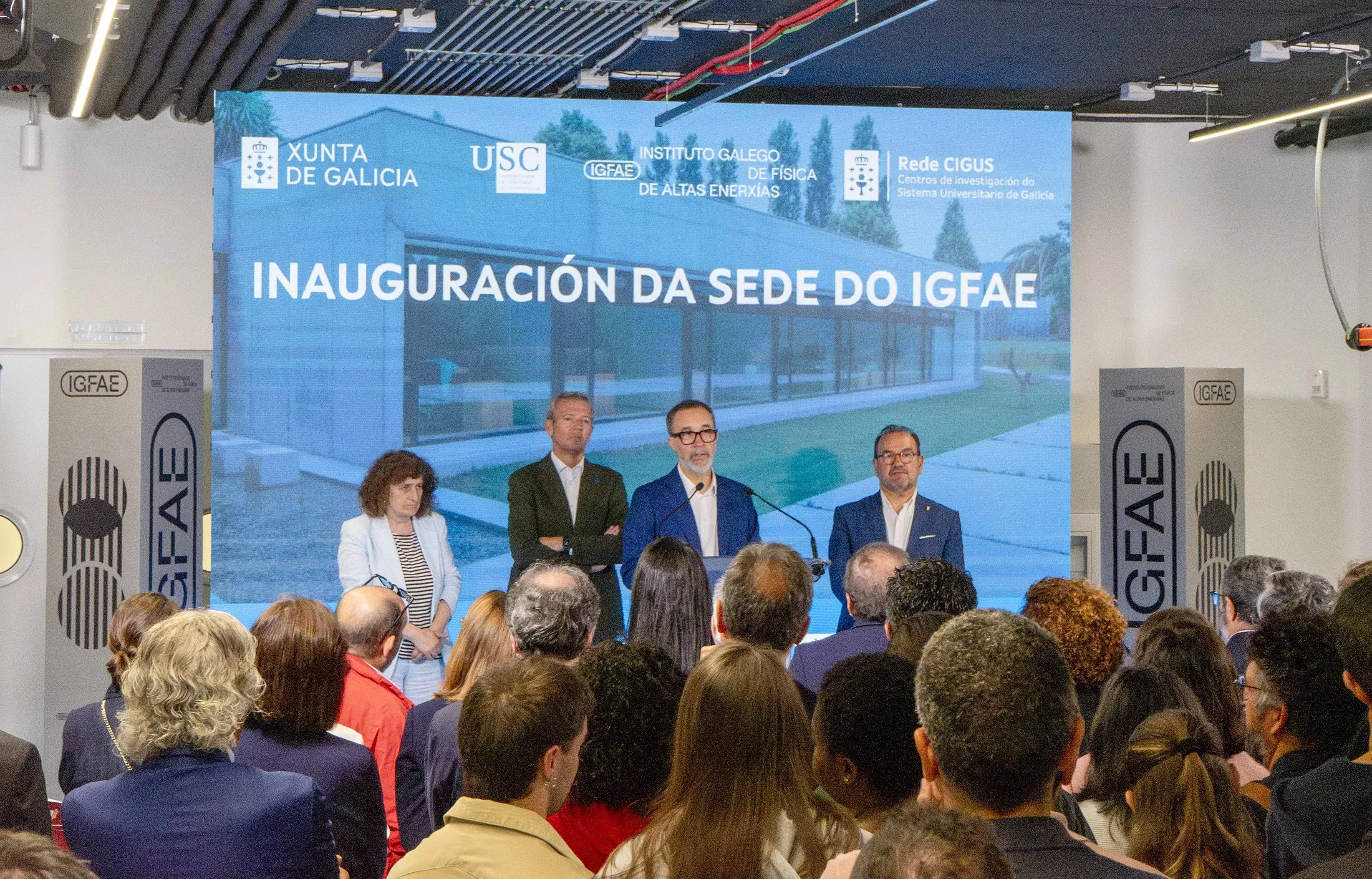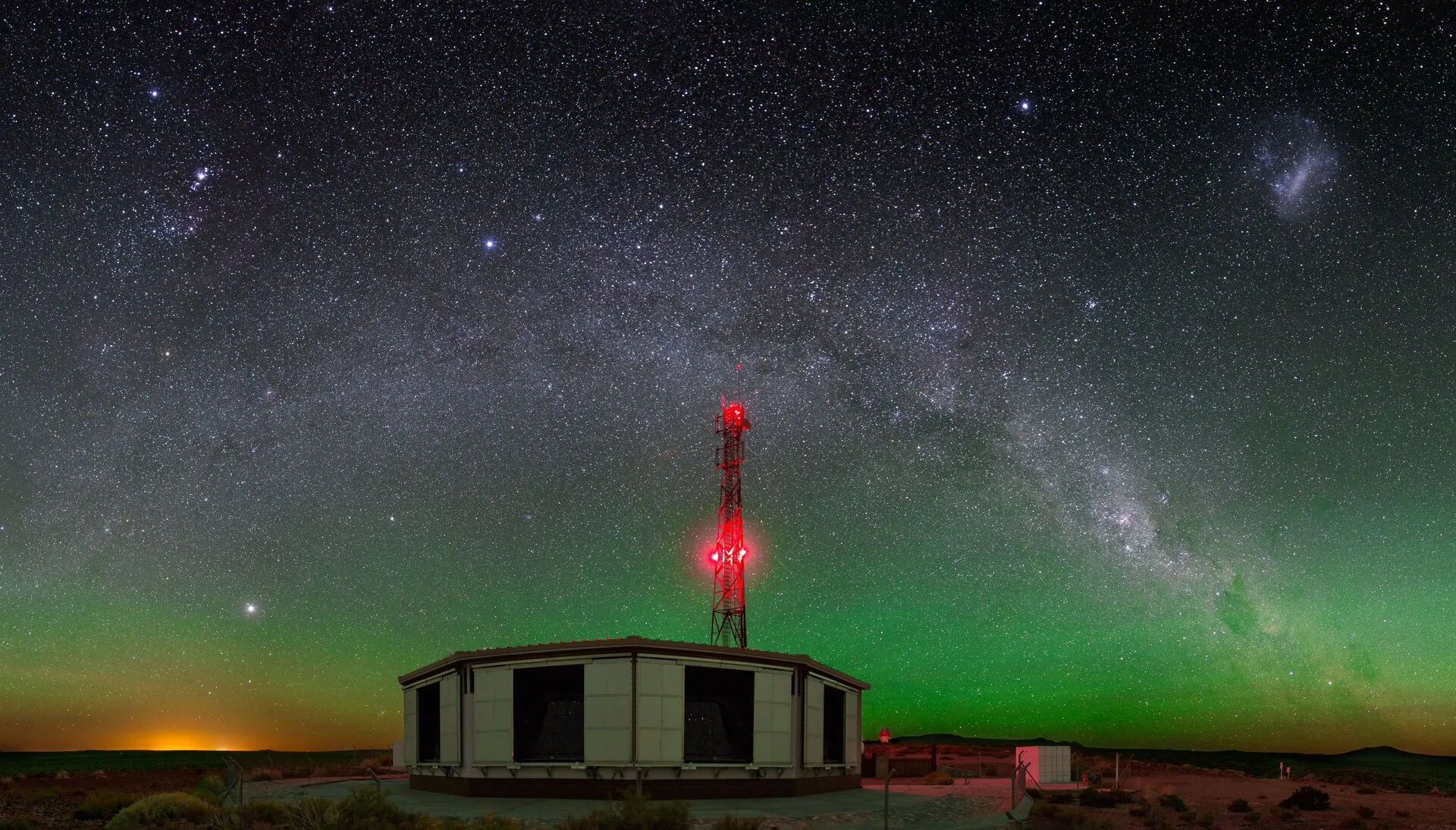Ante a situación de confinamento xerada polo coronavirus en todo o mundo, o Instituto Galego de Física de Altas Enerxías (IGFAE) da Universidade de Santiago de Compostela, en España pon en marcha unha serie de charlas en galego e online destinadas á comunidade local como á emigración. Nelas, o persoal investigador do IGFAE fará un percorrido por varios temas, dende a orixe do universo ata a astronomía de ondas gravitacionais, cun dobre obxectivo: achegar a ciencia que se fai neste centro a todo o público e, ao mesmo tempo, promover a rede entre Galicia e os galegos de distintos países. Este ciclo terá lugar todos os xoves de maio e xuño ás 16 horas (Madrid) para facilitar a participación de persoas en Latinoamérica.
En momentos de illamento no que os peregrinos non poden vir a Santiago, a cidade Xacobea é a que reconstrúe as pontes e emprende a peregrinaxe cara ao mundo. Esta é a razón de ser do ciclo: “Universo peregrino: ciencia galega cara o mundo”, que inclúe inicialmente oito charlas divulgativas que comezarán o xoves 7 de maio, coa charla “Pescudando nas orixes da materia, o bosón de Higgs no CERN”, do físico Cibrán Santamarina, e rematarán o 25 de xuño. Poden participar e seguilas en directo a través desta ligazón na plataforma Microsoft Teams, estarán dispoñibles na canle de YouTube do IGFAE. As próximas semanas iremos informando puntualmente na nosa web e redes sociais das seguintes charlas programadas.
Este ciclo conta coa participación da comunidade educativa e as familias do Instituto Arxentino Gallego Santiago Apóstol de Buenos Aires (Arxentina), entre outras institucións.
Charla: bit.ly/universoperegrino7maio
Twitter: https://twitter.com/IGFAE_HEP
Canle de YouTube: https://www.youtube.com/channel/UCj1V83xCDMMomYFmborg6gA






